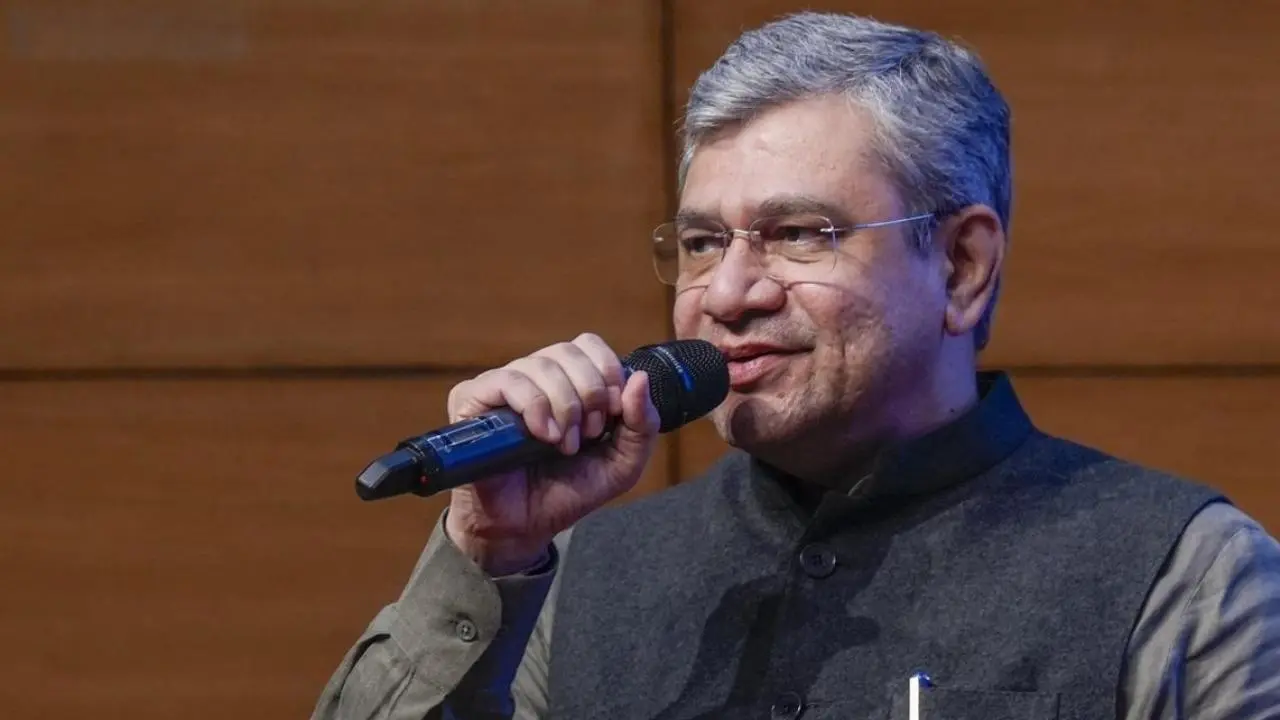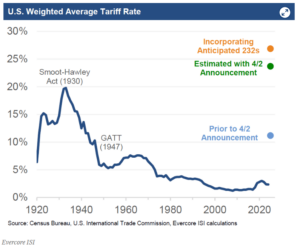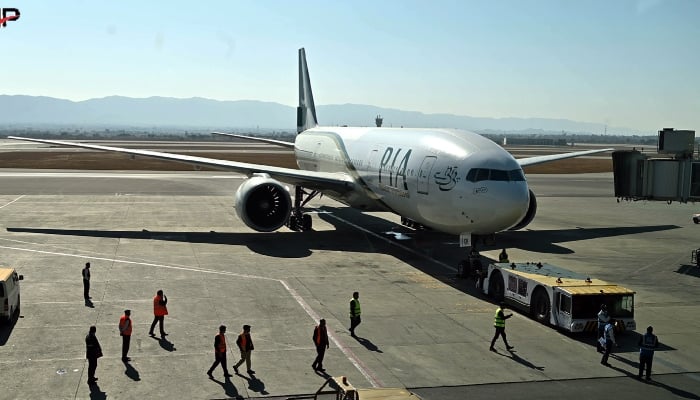Sandy Zane has made her way through life taking on a variety of roles — executive director and grant writer for nonprofits, corporate headhunter, board member for educational institutions and even pilot. She maintains the closest experience she has had to her current standing as a gallery owner and artist in Santa Fe is the 15 years she spent in the brokerage industry. “It’s quite a lot like the art market,” she said of her work as a broker, when she was constantly trying to decipher what the ups and downs of the stock market meant.
The major difference between the two, Zane said, is the art market is unregulated, giving it a Wild West, unpredictable, perhaps even mercurial, feel. “It’s a hard way to make an easy living, as they say,” said Zane, who, along with her husband, Ned Bennett, owns Zane Bennett Contemporary Art and form & concept, both at 435 S. Guadalupe St.

in the Railyard District. Zane and Bennett opened the gallery that bears their names nearly 20 years ago in a building on Canyon Road. But within a few years, they relocated it to a new space on the fringes of what is now the Railyard — a move that heralded a shift in the local art market that is still playing out today.
Two decades ago, Santa Fe's art scene was centered almost entirely downtown and on Canyon Road, two areas widely regarded as magnets for deep-pocketed, out-of-town private art collectors who flocked to the city in search of new finds. While dozens of galleries still exist in those parts of the city, the art market has expanded across Santa Fe, with the Railyard and Baca Street districts becoming significant attractions in their own right. That’s a change Zane was banking on when she and Bennett decided to move their gallery to the Railyard in 2008.
At the time, the now-trendy area was still on the wrong side of the Santa Fe Southern tracks. However, the district is now home to the New Mexico Museum of Art’s new Vladem Contemporary museum and SITE Santa Fe, a longtime contemporary art institution, as well as an arts-focused charter school, New Mexico School for the Arts. The move has paid off for Zane and Bennett, even as the larger Santa Fe art market grapples with a variety of challenges and rapidly changing forces to retain its standing as one of the world’s premier destinations for art enthusiasts.
“I think we’ve been pretty successful,” Zane said. Still, she noted that, like any business, her gallery has had its ups and downs. Ivan Barnett, the former longtime creative director at the Patina Gallery on Palace Avenue, said it's clear the art market environment in Santa Fe has changed due to its expansion to the Railyard and other areas of the city.
"Before the Railyard, all the galleries were in historic areas — Canyon Road, downtown, etc.," he said. "The Railyard changed things.
" Ray Nowicki, who owned a Santa Fe gallery until earlier this month, also speculates the development of the Railyard and Baca Street districts may have driven some art-tourism traffic away from Canyon Road. He can remember a time a decade or so ago — when he still lived in Dallas and was a regular visitor to Santa Fe — when Canyon Road was always crowded, something he doesn’t see today. “It doesn’t seem as robust,” said Nowicki, who opened the Ahmyo River Gallery on Canyon Road in 2019.
He recently decided to lease the space to one of the artists whose work he had been featuring. Canyon Road still draws sizable crowds, especially during major downtown art events, Nowicki said. But he noted those who assume operating an art gallery on the famed street is an automatic ticket to success are sorely mistaken.
“It’s always difficult to get foot traffic into your business, even when there are a lot of them around,” he said. “In fact, we used to stand in front and yell at people like barkers in a carnival.” Nowicki said business at his Ahmyo River Gallery was lacking during the early part of this year.
“This year has been bad, but I don’t know what to attribute that to,” he said, adding sales in January and February were well below normal for those months. The pace picked up in March. His decision to lease his gallery had nothing to do with how it has performed recently; he simply was approached with an attractive offer and couldn’t say no.
“It was completely unexpected,” he said. Other gallery owners said they don’t view the market as a zero-sum game in which one arts district suffers if another one prospers. “I don’t think it’s a negative,” said Connie Axton, the owner of Ventana Fine Art at 400 Canyon Road.
“The more the better, whether it’s Canyon Road, downtown or the Railyard. The only thing it might do is cause people to underestimate how much time it would take them to take in all three.” Lisa Stewart Keating, the executive director of the Santa Fe Gallery Association, also doesn’t buy the argument that the emergence of the Railyard and Baca Street has hurt Canyon Road.
“As a wise friend once said, ‘More is more,’ ” she said. “The Railyard and Baca Street art districts add to Santa Fe's relevance as a contemporary fine art market, which increases the breadth of our market and its position in the world.” Randy Randall, the executive director of Tourism Santa Fe, the city's tourism bureau, said the blossoming of the Railyard and Baca Street districts has allowed the city's identity as an art destination to spread beyond its former confines.
"It's definitely added more galleries, and the Railyard itself has added interest in art," he said, citing the opening of SITE Santa Fe in the district as a major tourist attraction. "Definitely, it's enlarged the presence of the arts here, so that they're not only concentrated in one or two areas," he said. "And Baca Street, there are amazingly fun things to discover in that area, but you have to work a little harder to find them.
" Zane said she chose to move her gallery to the Railyard because the relatively small space she was occupying on Canyon Road did not lend itself well to the presentation of the contemporary art she was showcasing. The Railyard also was attractive because several other galleries were operating there, and Zane could see the area’s potential. One of the first things she did after moving the gallery was call a meeting of business owners, hoping to persuade them to pool their resources.
“I was afraid it was going to be this crowd of porcupines sitting around this table competing with each other,” she said, laughing. “But what we discovered was, collaboration was our strength. We could do things together we couldn’t do separately.
” That kind of teamwork — which has taken the form of community ad buys and social media campaigns — likely would have been much more difficult to achieve on Canyon Road, she said, where longtime galleries with well-established clientele had little motivation to work with others. Barnett, who recently launched Serious Play LLC, a consulting service for artists and gallery owners, said the importance of a gallery's location in Santa Fe can be significantly overstated. Well-established galleries catering to a specific kind of collector can be located almost anywhere, he said, but he noted those that rely on tourist traffic don't have the same luxury.
Location matters, he said, "if your clientele is walk-in." Zane said her gallery's move to the Railyard was not an immediate success, adding it has only been in recent years that the district has begun to reach the kind of critical mass she envisioned two decades ago. "We waited a long time for the Railyard to reach a certain level," she said.
"I think we're almost there.".
Business

A more nuanced landscape: Once anchored on Canyon Road, Santa Fe art scene has changed

Gallery owners say the Railyard and Baca Street districts have become significant attractions in their own right.















